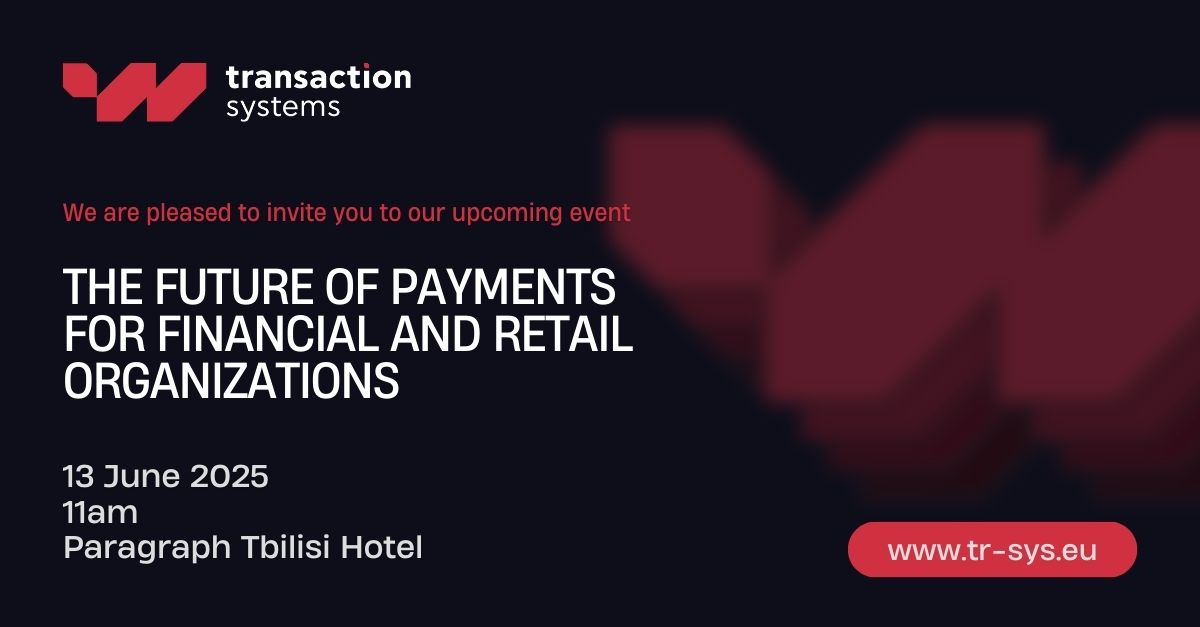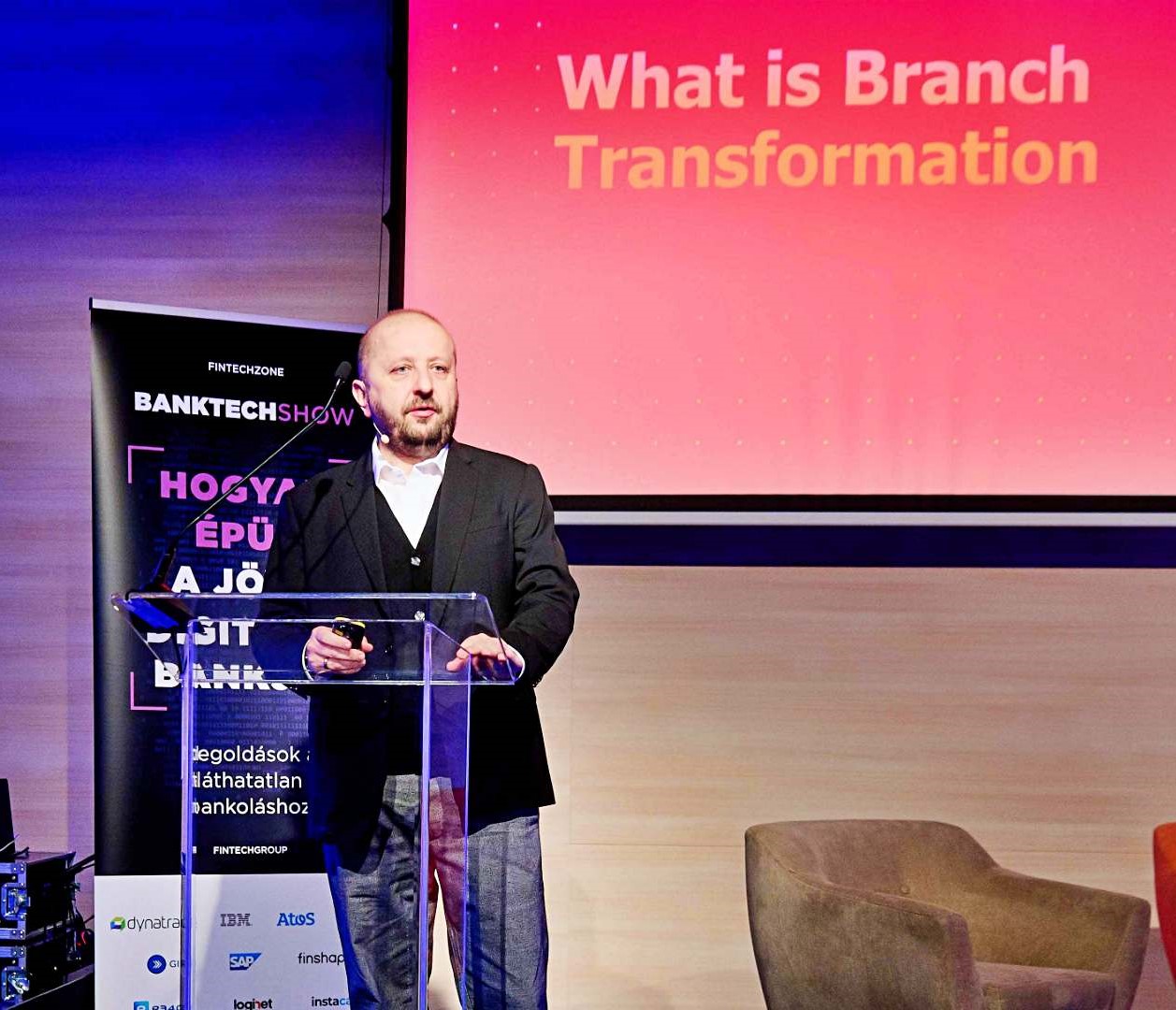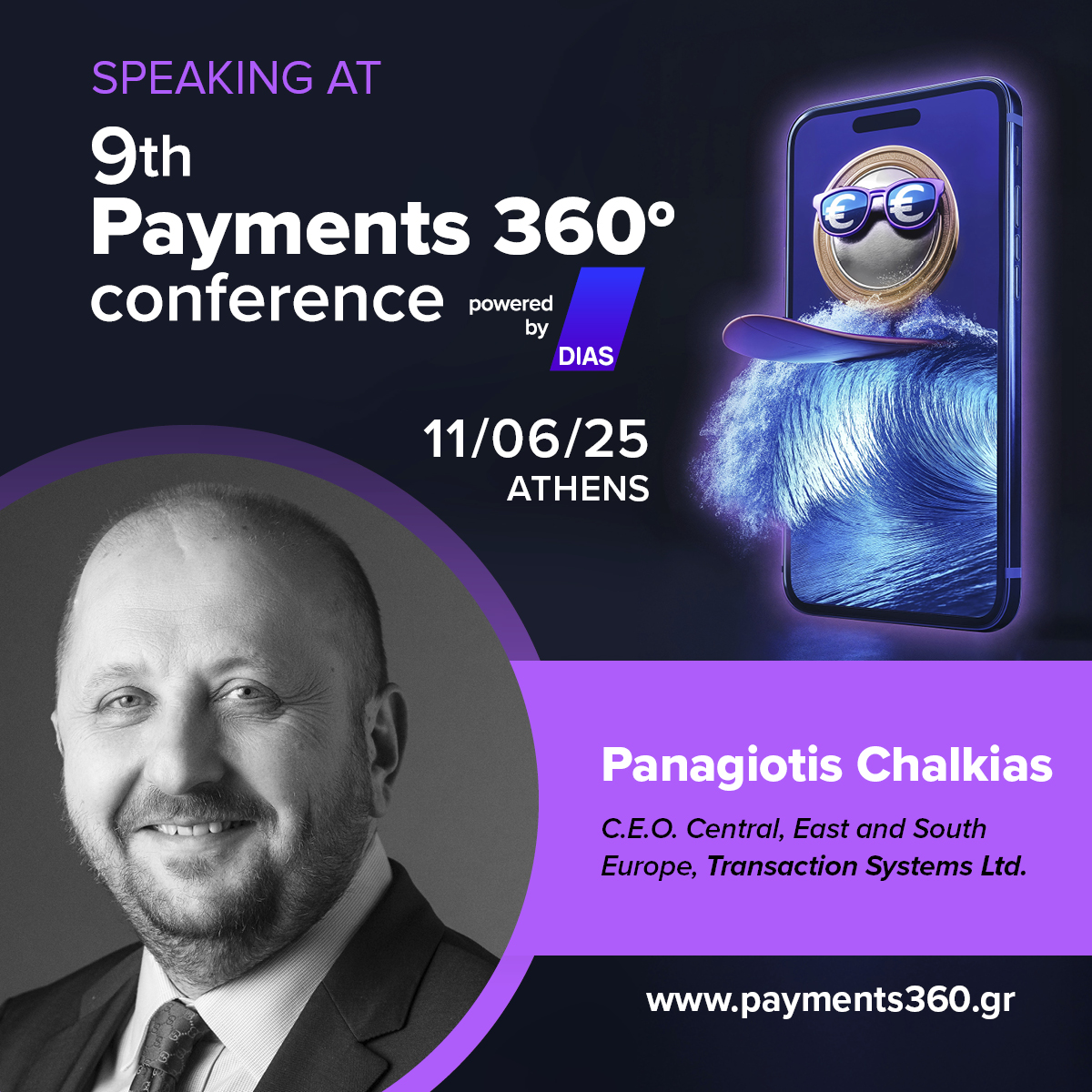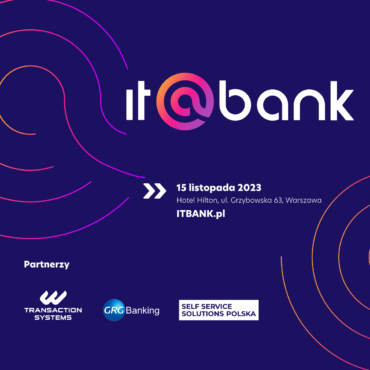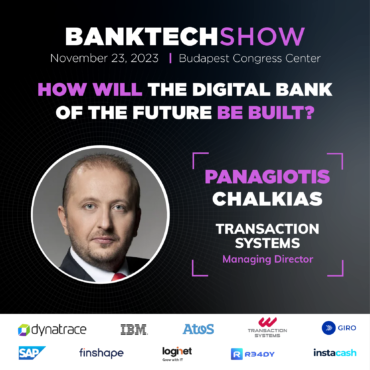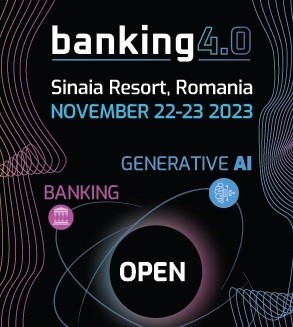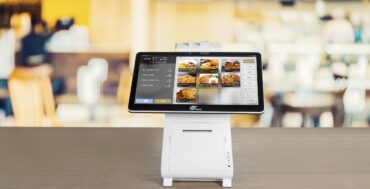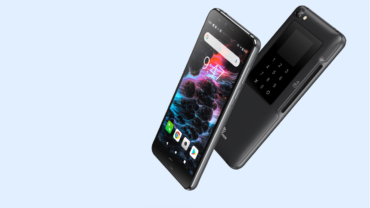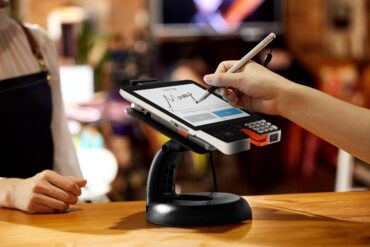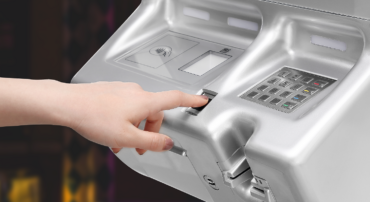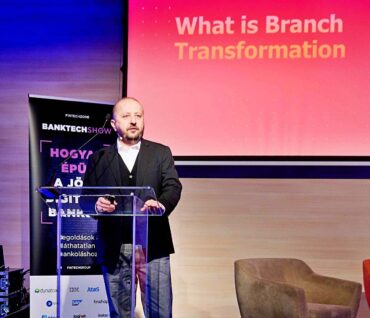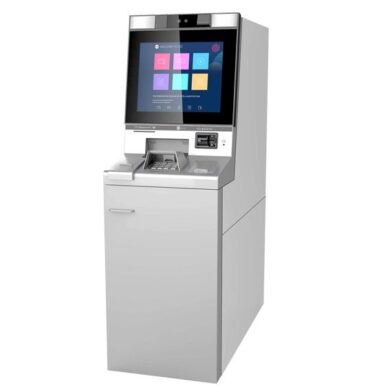The world of payments is undergoing constant transformation. While contactless card transactions once represented the pinnacle of technological advancement, a new generation of instant payments is poised to take the lead. At the PayTechShow on April 15, 2025, Igor Szpirin, Product Director at Transaction Systems, highlighted that although NFC (Near Field Communication) technology is not a prerequisite for instant payment systems, it can play a significant role in their successful adoption.
According to Igor Szpirin, NFC technology can substantially contribute to the success of instant payments – if implemented correctly. He pointed to Hungary’s qvik system and POS-based HCE (Host Card Emulation) as examples of how the right technology can greatly increase acceptance of instant payments and offer a real alternative to traditional card transactions.
“The key lies in optimizing the user experience, minimizing technological barriers, and actively involving cashiers and merchants in the rollout of new technologies,” he emphasized.
NFC vs. QR Code – The Decisive Role of User Experience
Instant payment systems are increasingly gaining attention worldwide as alternatives to traditional card-based payments. By definition, instant payments are transactions that are completed within 10 seconds and make funds immediately available in the recipient’s account.
Igor Szpirin stressed that “these solutions only have a chance at widespread adoption if they offer a payment experience that is at least as fast and simple as today’s contactless card payments.” He added:
“NFC technology is not strictly necessary for instant payments, but it can greatly enhance their success.”
His presentation highlighted that while QR code payments are already widely recognized, NFC offers clear advantages from a user experience perspective. With QR codes, the payment process typically requires multiple steps: launching an app, scanning the code, and confirming the payment. In contrast, NFC simplifies the process significantly – transactions can be completed with just a single tap.
Opportunities and Challenges of NFC in Instant Payments
Igor Szpirin presented two approaches to NFC-based payments: mobile-based HCE and POS-based HCE.
Mobile-based HCE offers compatibility with all existing POS terminals, but the process is often more complex, especially if users must manually select their payment method. On iOS devices, additional challenges arise due to the lack of full NFC support for third-party apps.
In contrast, POS-based HCE provides a simpler, more transparent user experience. The cashier simply asks the customer for their preferred payment method, and the POS terminal sends transaction data directly to the customer’s phone, automatically launching the payment app. This method is not only more user-friendly but also empowers cashiers to actively promote the instant payment option, accelerating adoption.
Igor Szpirin shared practical examples illustrating the pros and cons of both NFC-based solutions. In Slovenia, for instance, the Flikk system relied on mobile-based HCE. Although technically successful, its complexity and subpar user experience led to low adoption rates.
The POS-based solution also supports both card and instant payments in parallel, without requiring users to change any settings. This dual compatibility simplifies international transactions as well, fostering broader adoption in the long run.
The Future Path: Standardized and Simple
Transaction Systems’ proposed POS-side HCE technology not only improves user experience but also simplifies implementation for developers. Using a standard URL-based data transfer method (DeepLink), it is easily integrable on both Android and iOS platforms. It also enables the electronic delivery of payment receipts, supporting a paperless approach.
Igor Szpirin’s presentation made it clear that the future of payment technology lies in digital convergence driven by NFC and other innovations. As consumers increasingly demand speed, simplicity, and security, NFC-based instant payment solutions are positioned to become key players in the next generation of digital transactions.
Read the article in Hungarian here







